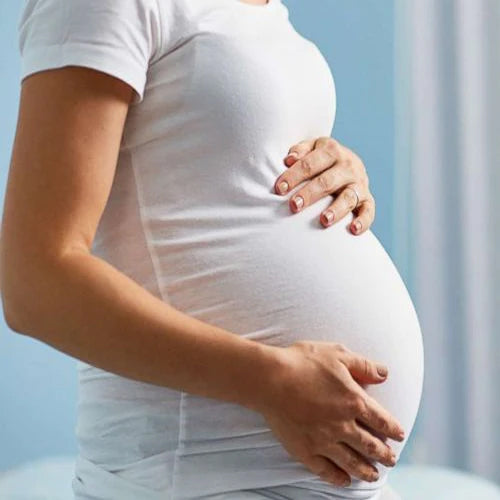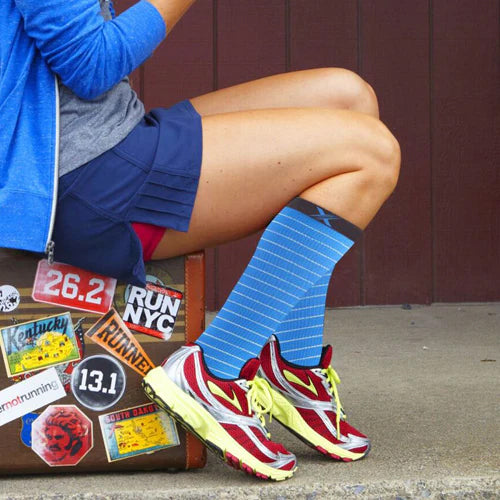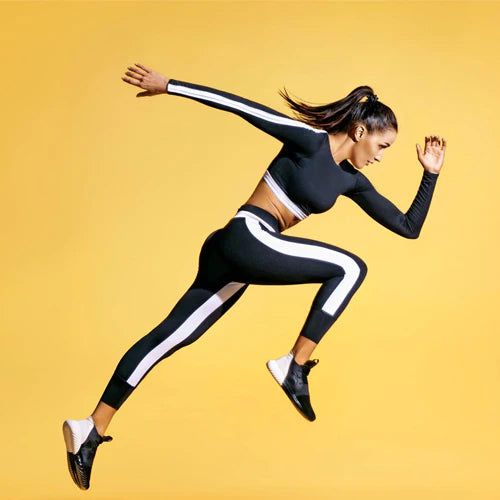Top 3 Things Women Should Know About Leg Health
Whether you’re running, standing, walking, or swimming, your legs are in the spotlight. They propel you to fitness and bring everything to a grinding halt when a knee or an ankle goes out of commission. Abs and arms might turn heads, but everyone knows legs are the real money makers.
Beyond the basics of exercise, women’s leg health plays an integral role in overall well-being. With everything being interconnected, the strength of your thighs, calves, and glutes directly relates to a number of other health issues. Both sexes benefit from healthy legs, but women face a specific set of issues and have unique experiences that make leg wellness even more critical.
1. The Connection Between Leg and Heart Health
Heart disease is the #1 cause of death among women, narrowly edging out cancer and then tripling the percentage of most other common causes. While this epidemic has most people thinking about issues like obesity and smoking, the strength of your legs has more to do with heart health risks than you might expect.
Cardiovascular Disease
Within the broad scope of heart disease, cardiovascular issues generally refer to blocked or narrowed blood vessels. Arteries become clogged due to an unhealthy diet and excessive plaque buildup, but also as a result of poor blood flow and limited exercise.
Regular physical activity promotes heart health, something the majority of people understand. Less commonly known are the benefits of strong circulation within the legs, ensuring that blood moves steadily between the lower extremities and the heart. Slowed blood movement makes it much easier for arteries to get backed up. Staying active isn’t just about weight control; it’s literally about getting the blood pumping.
By using compression socks to regulate blood flow, you lessen the likelihood of a clogged artery. In addition, your improved circulation can reduce the risk of clotting. A clot can start as a small nuisance and turn into a life-threatening situation, breaking off and moving into the bloodstream before causing a stroke, aneurysm, or heart attack.
While eating well and staying active have the biggest impact on heart health, compression stockings boost circulation which does a lot to prevent cardiovascular issues.
Peripheral Artery Disease (PAD)
PAD affects millions of American women and can lead to the conditions that put so many at risk of heart failure. PAD also has the potential to cause disability when left untreated. Many sufferers mistake the symptoms for the common discomforts that come with old age:
- Tired legs
- Cramps and soreness
- Foot and toe pain
By trying to suck it up and ignore aches and pains, many women run the risk of suffering far greater harm. The actual cause of this disease is fatty deposits clogging arteries in the legs, similar to coronary artery disease (CAD) but for the lower limbs. Gone untreated, these clogs have every potential to lead to heart disease, meaning the symptoms of an impending heart attack or stroke can be felt entirely in your calves and feet.
Compression socks help prevent PAD and are used to combat the disease after detection. Promoting good circulation doesn’t just improve comfort - it legitimately increases life expectancy.
2. Fastest Road to Fitness
Getting in shape - and staying in shape - is no easy feat. With so many things already crowding the modern woman’s plate, finding time to workout might seem impossible. Regular exercise and a healthy diet don’t come without a lot of determination, and the first step toward getting fit is usually the hardest to take.
Fortunately, your legs are great at taking steps. You’ve already got a strong muscular foundation from your day-to-day movement, and just a little extra walking each day can improve your overall health. Squats, calf raises, and lunges can all be done in your home or office, giving you a fitness regiment that requires zero trips to the gym.
Two of the most important activities for improved health and mobility are aerobics and balancing exercises. If you’re recovering from an injury, resuming workouts after pregnancy, or just starting to exercise for the first time in a while, balance offers a great starting point. Work on some yoga poses and activate all those muscles in your legs. As you get stronger and the workouts get easier, you can move on to aerobics and start slowly increasing exertion.
As you build more muscle mass, your body starts burning more calories. Since legs house the body’s longest muscles, aerobic exercise helps you build that mass without adding too much bulk. Once you establish a routine and your workouts start getting longer, your legs will turn into caloric killers and you’ll really start to see results.
Of course, as leg health plays such a pivotal role in physical fitness, leg injuries can play spoiler to your efforts. Take care to stretch and use the proper recovery techniques between workouts. You can’t afford to lose a wheel if you want to stay active.
3. Realities of Varicose Veins
As you age, you become more susceptible to visibly damaged veins. That said, it’s a mistake to think that varicose and spider veins are reserved for people getting up in years. Everyone can fall victim to these issues and women tend to have a higher risk than men.
Pregnancy serves as one of the main culprits for this type of vein damage, as estrogen and progesterone cause veins to dilate and weaken. This hormonal problem affects non-pregnant women as well, making it something to be aware of no matter your age or circumstances.
By and large, varicose and spider veins come with no physical side effects. While the damage is visually apparent, most people don’t feel related to discomfort or any other side effects. The cosmetic issue is annoying, but the health risks are typically benign. Unfortunately, every rule has its exceptions.
In some rare cases, varicose veins are symptomatic of greater underlying problems. The damaged vein walls can hinder circulation, increasing the risk of clotting. Tissue around the vein may take on extra fluid, causing the surrounding area to swell. If you experience pain, it’s worth seeing a doctor to find out the extent of the problem.
Whether you’ve had varicose veins for as long as you can remember or they developed during pregnancy, their presence means you should take a few extra precautions to keep your legs healthy. Stay active and avoid sitting for long stretches. Wear compression socks when you fly, as well as during and after exercise to keep blood flowing and speed up recovery. Pay attention to swelling and don’t ignore any discomfort.
Every part of your body is important, but your legs have some pretty special responsibilities. From your heels to your heart, strong legs keep you moving and help you to live a happy, healthy life.





